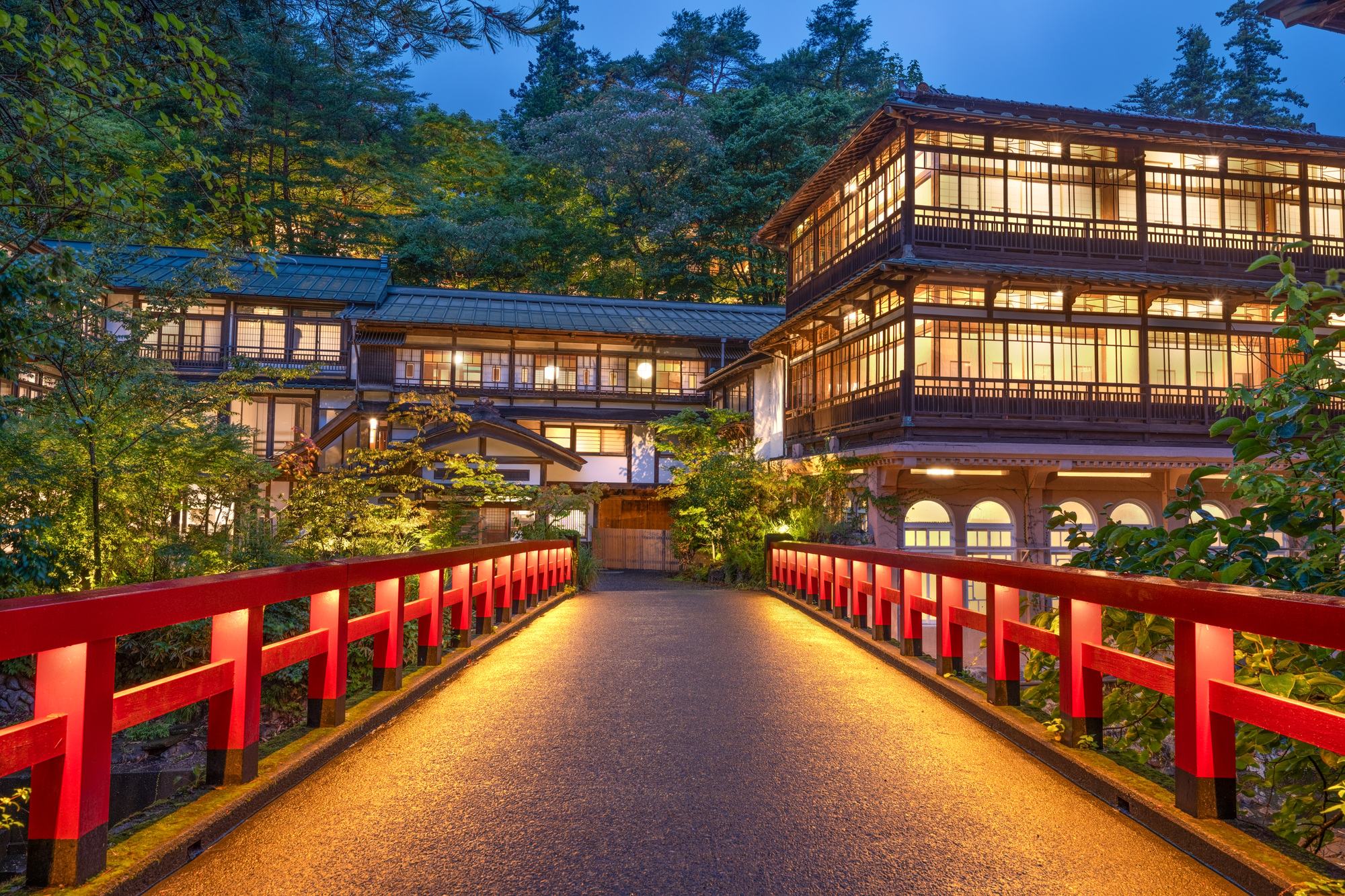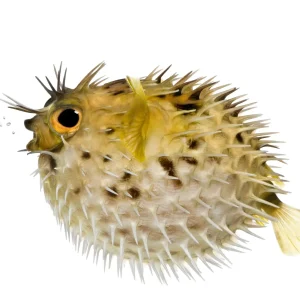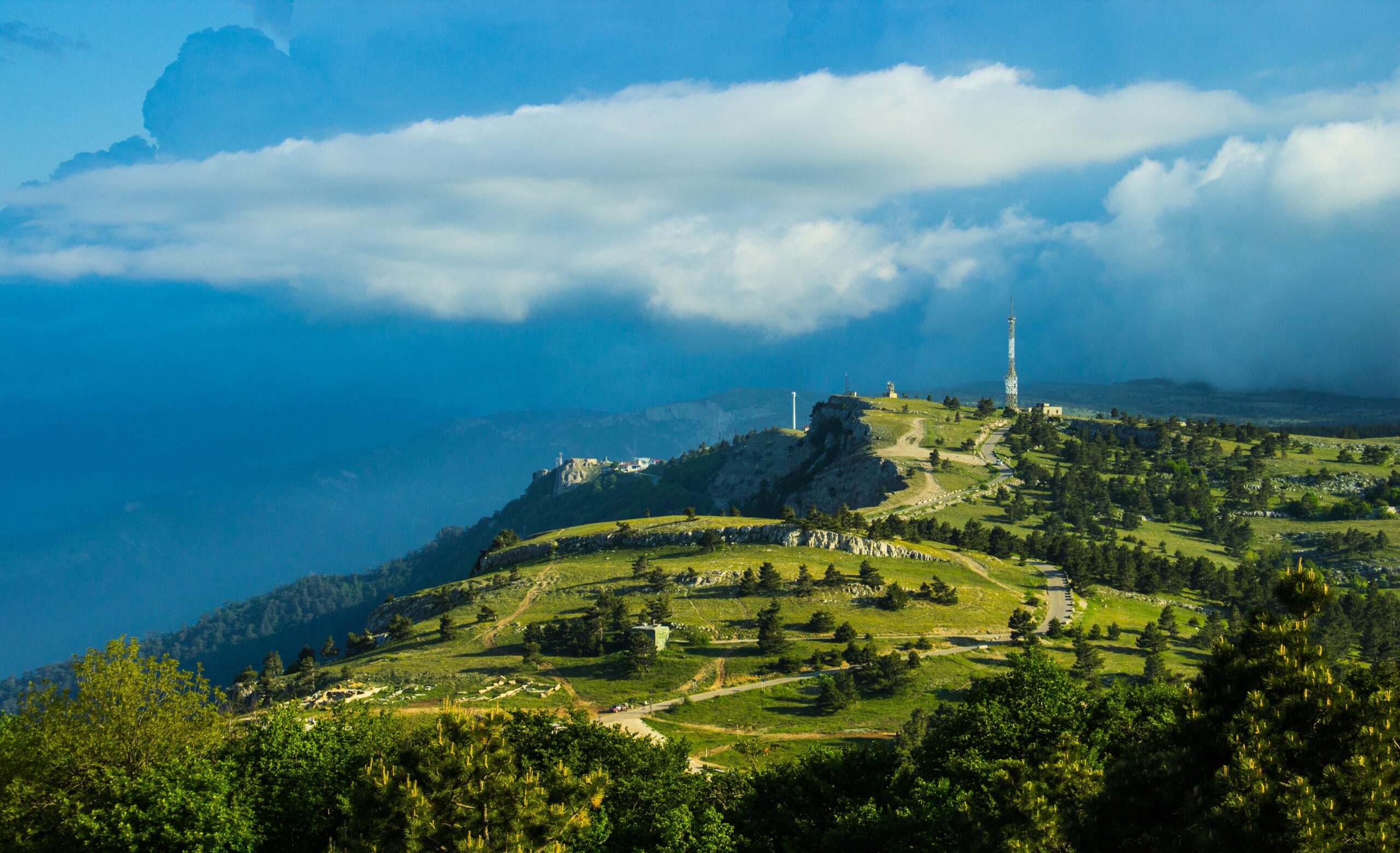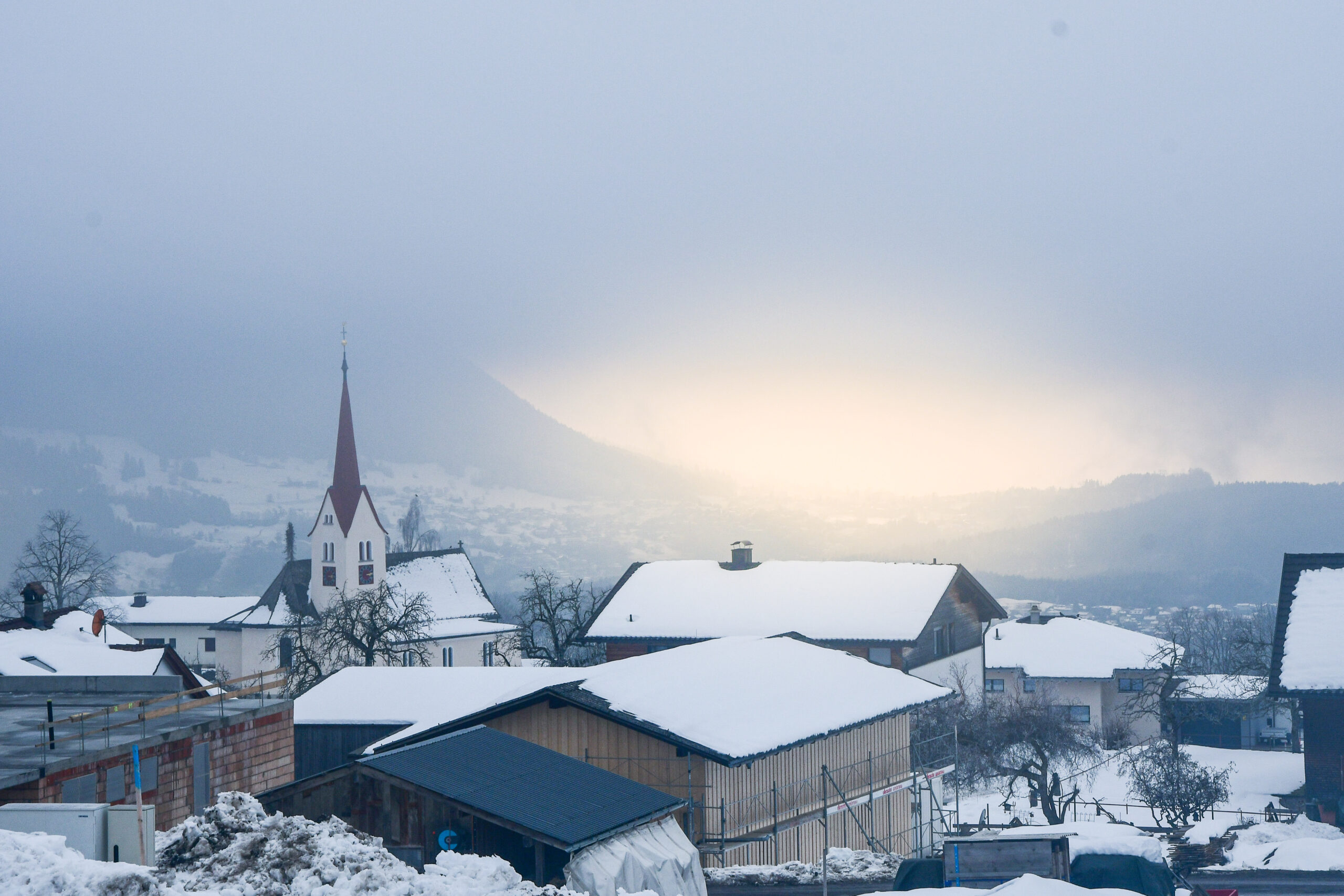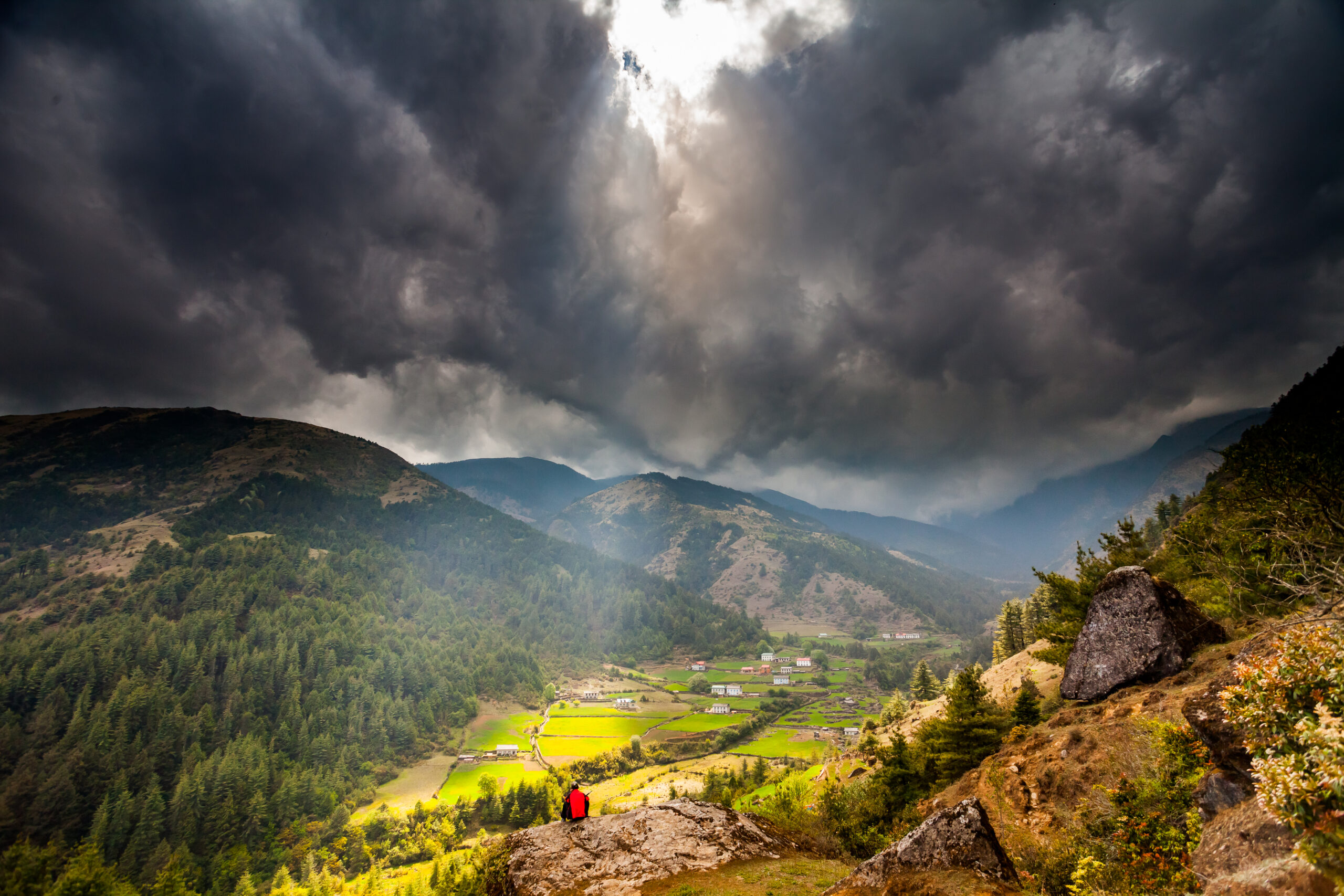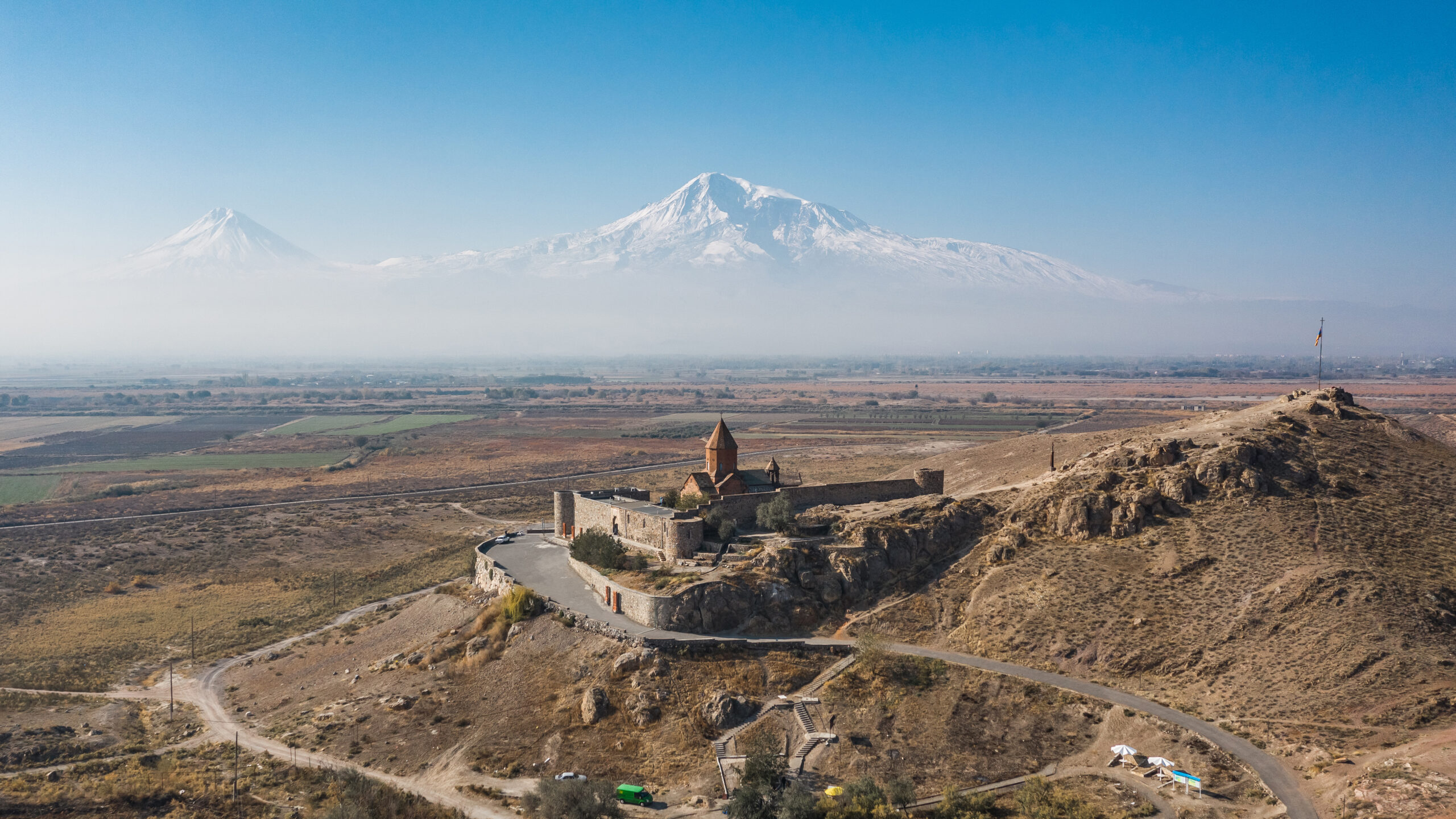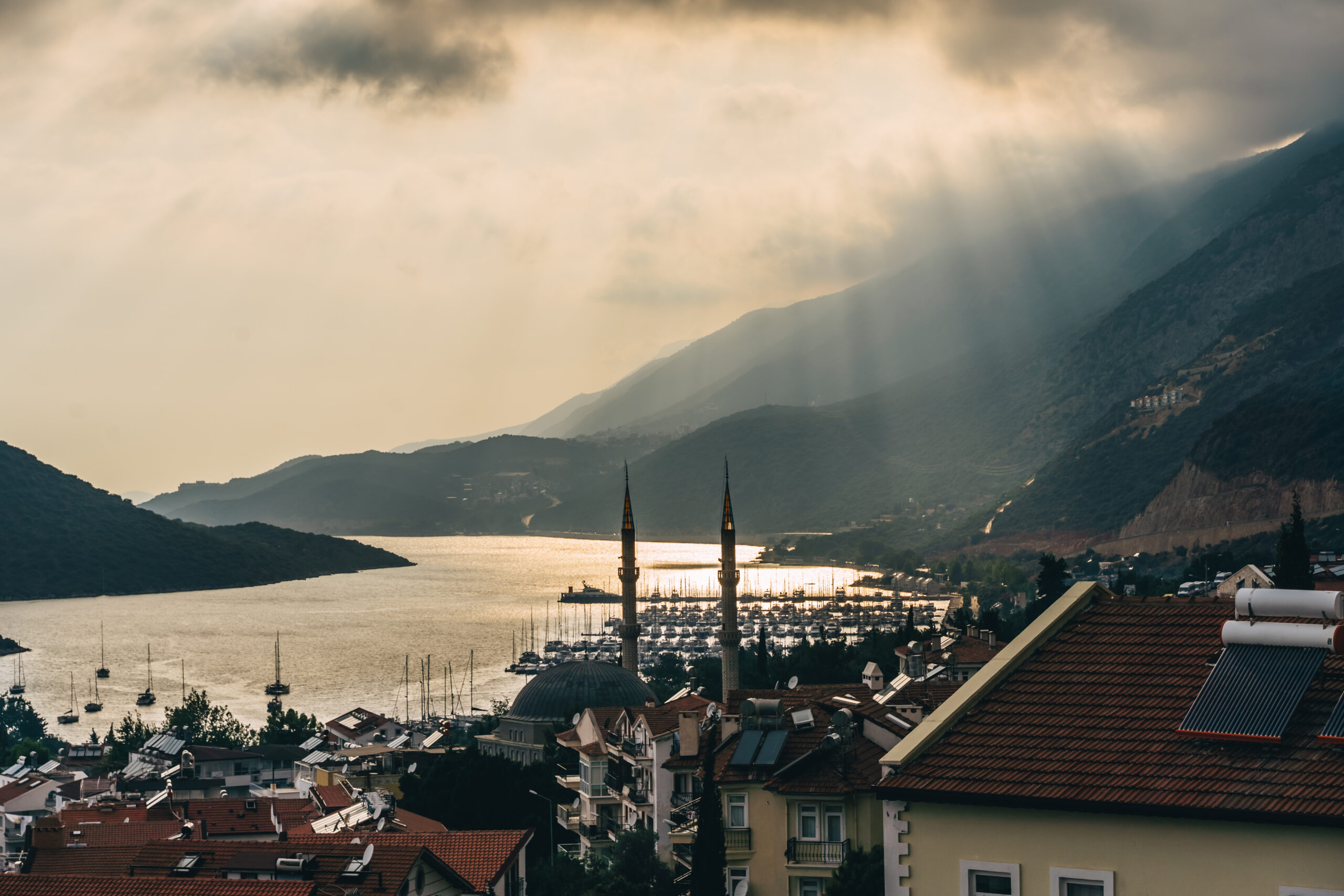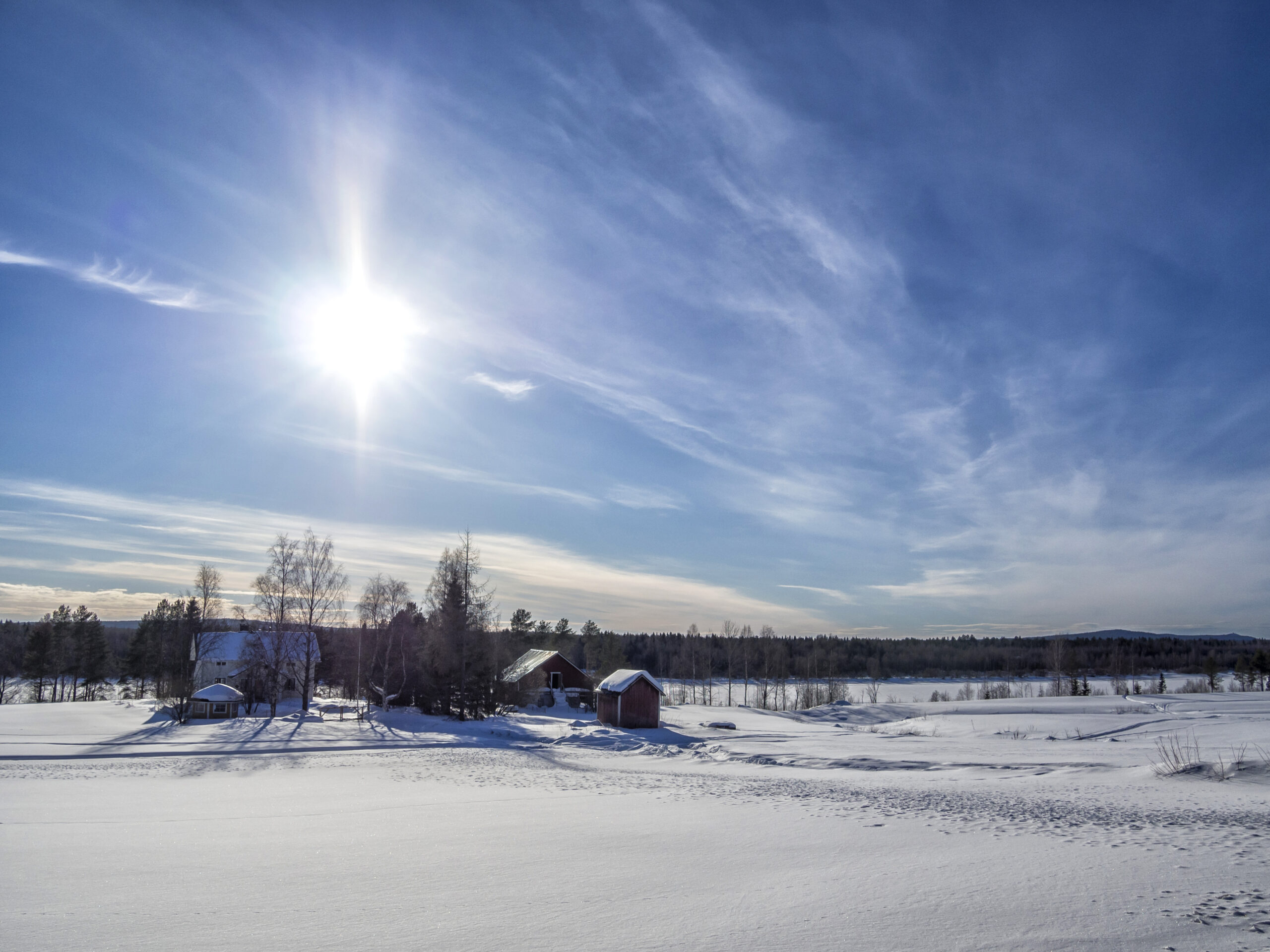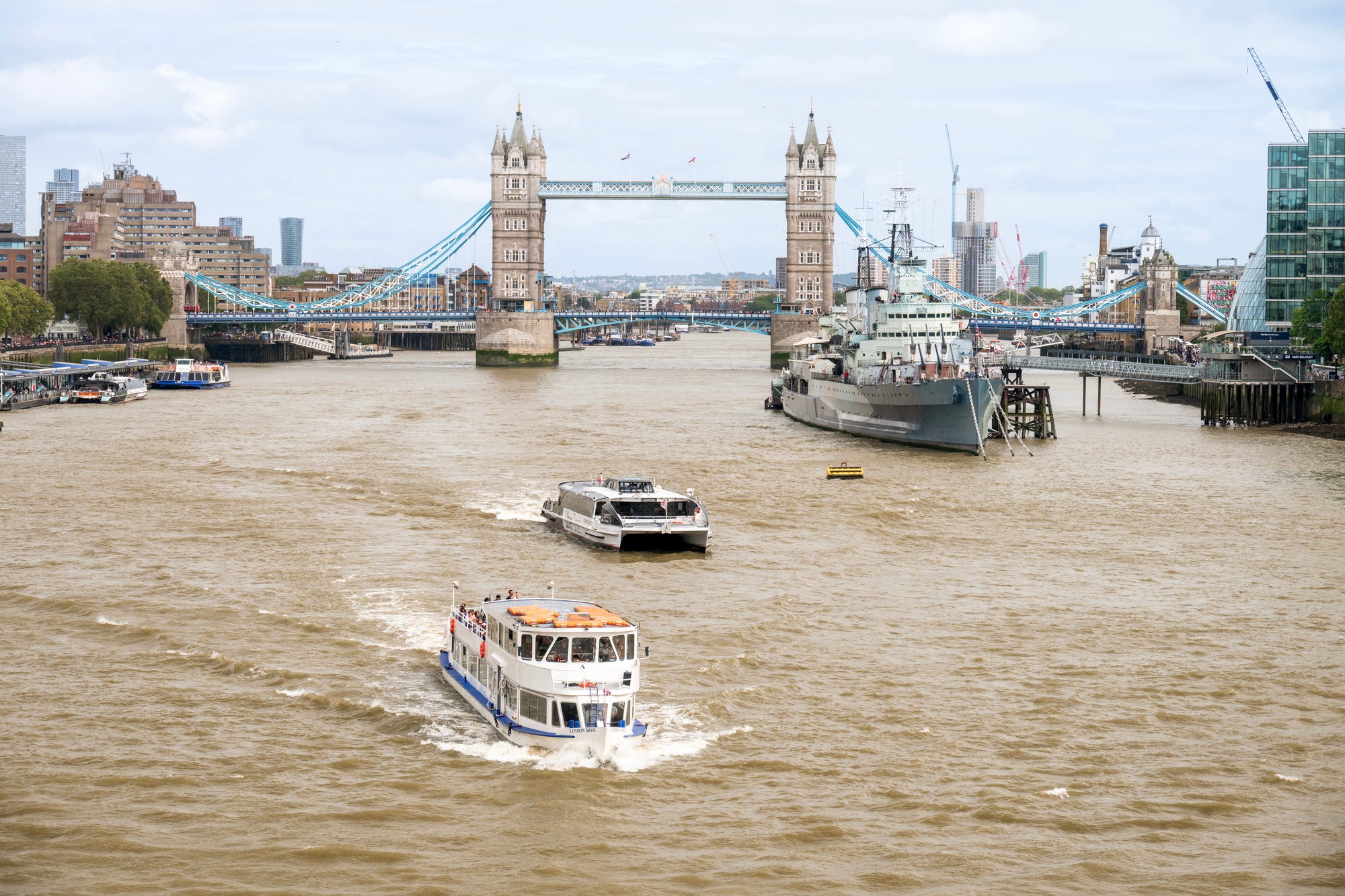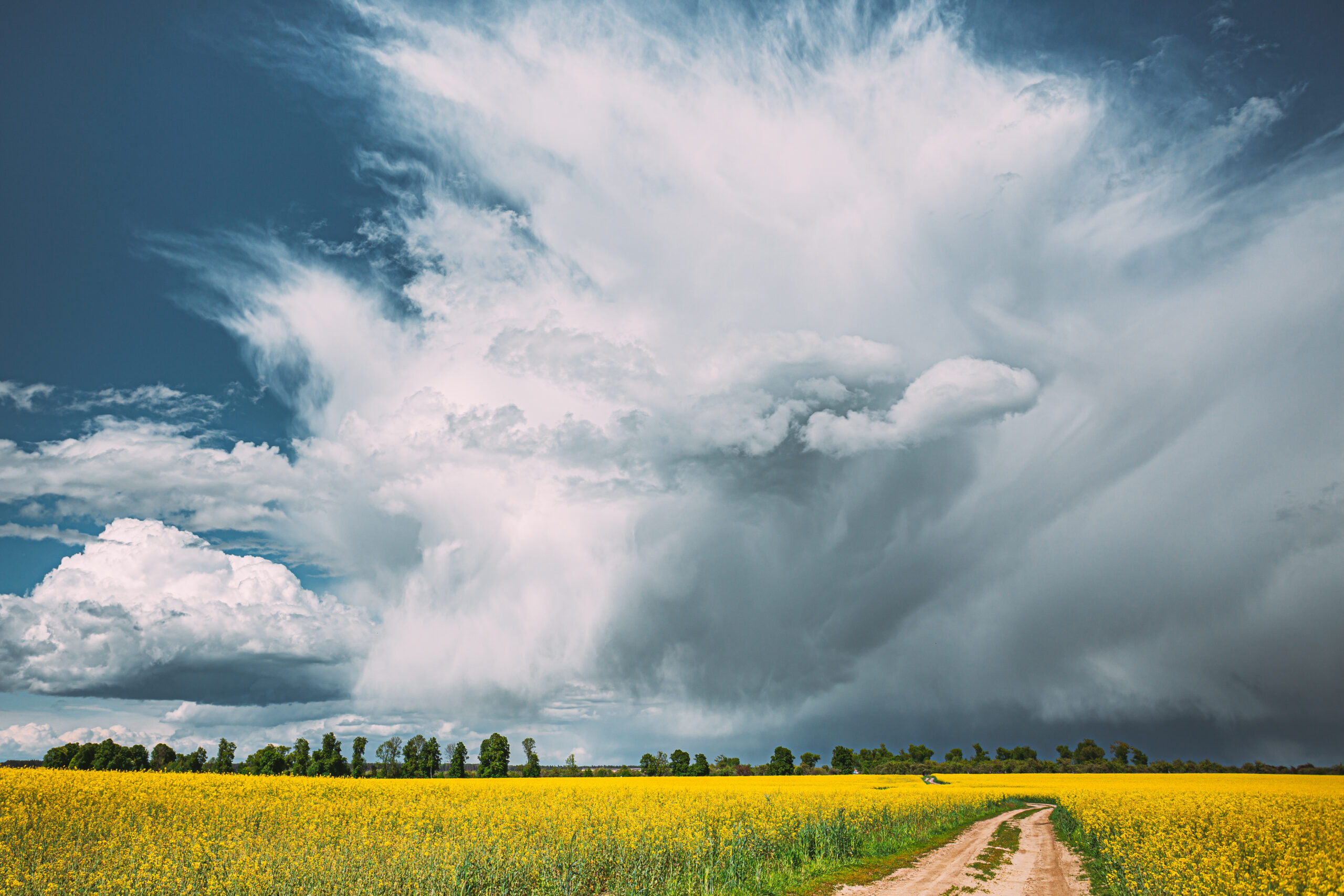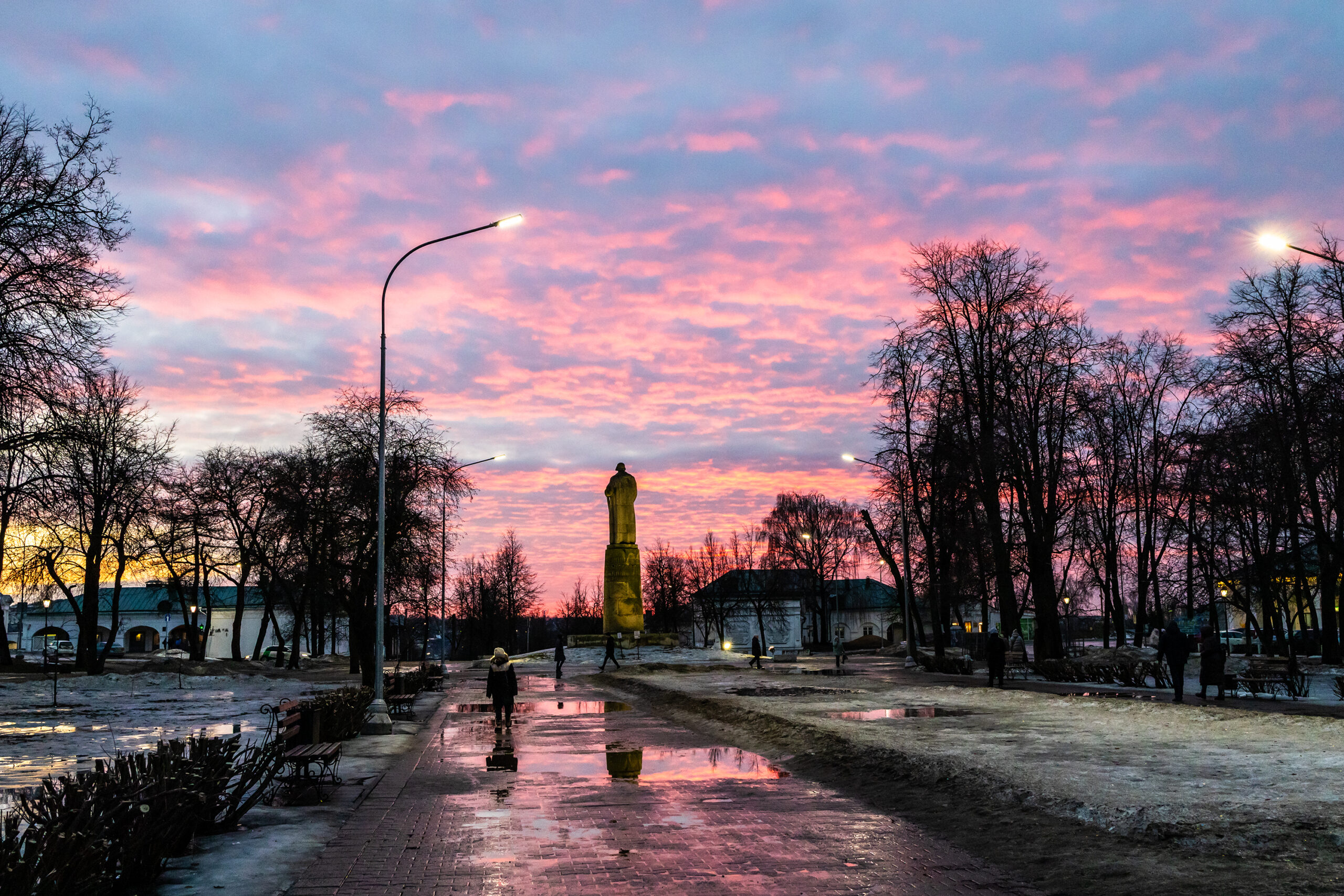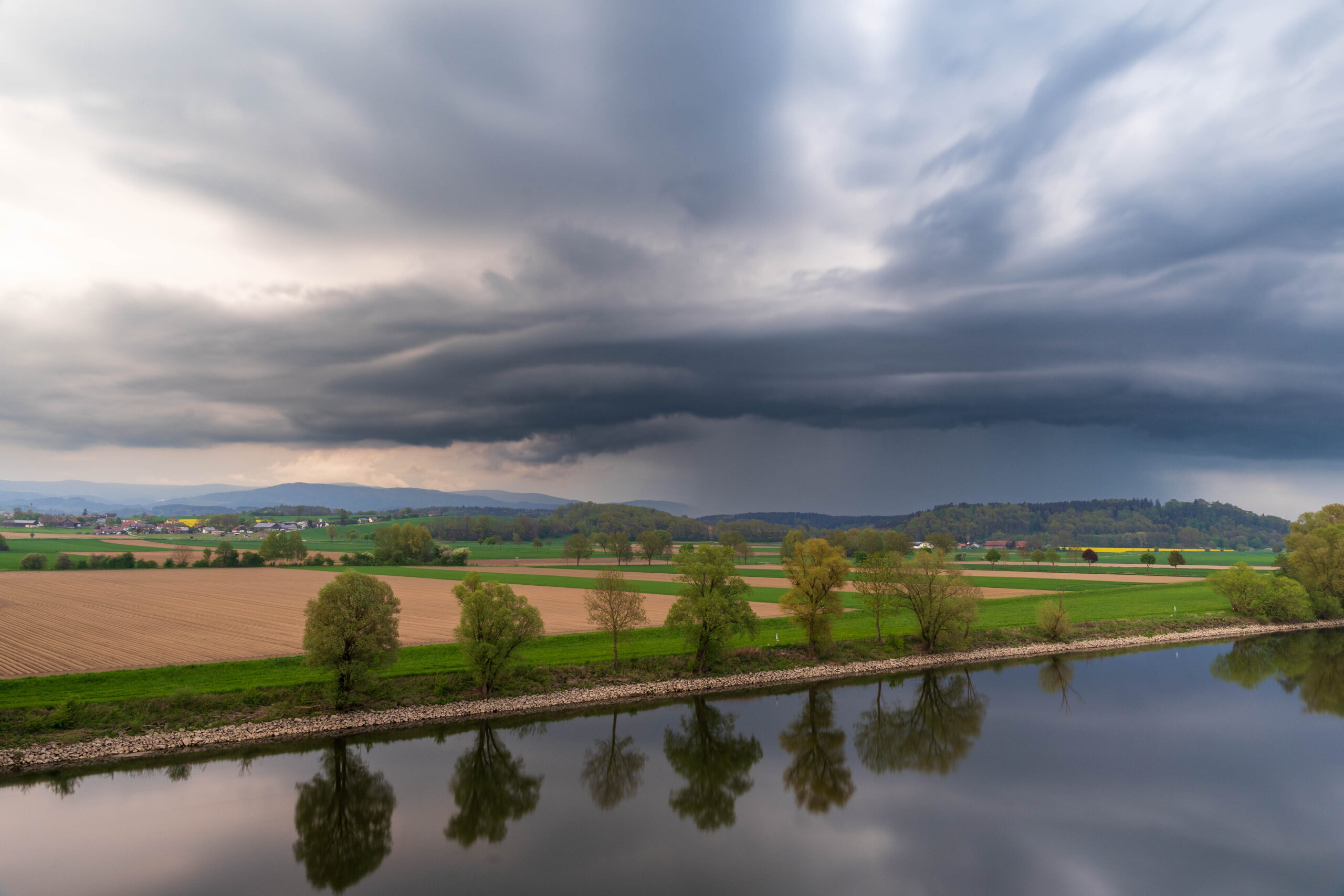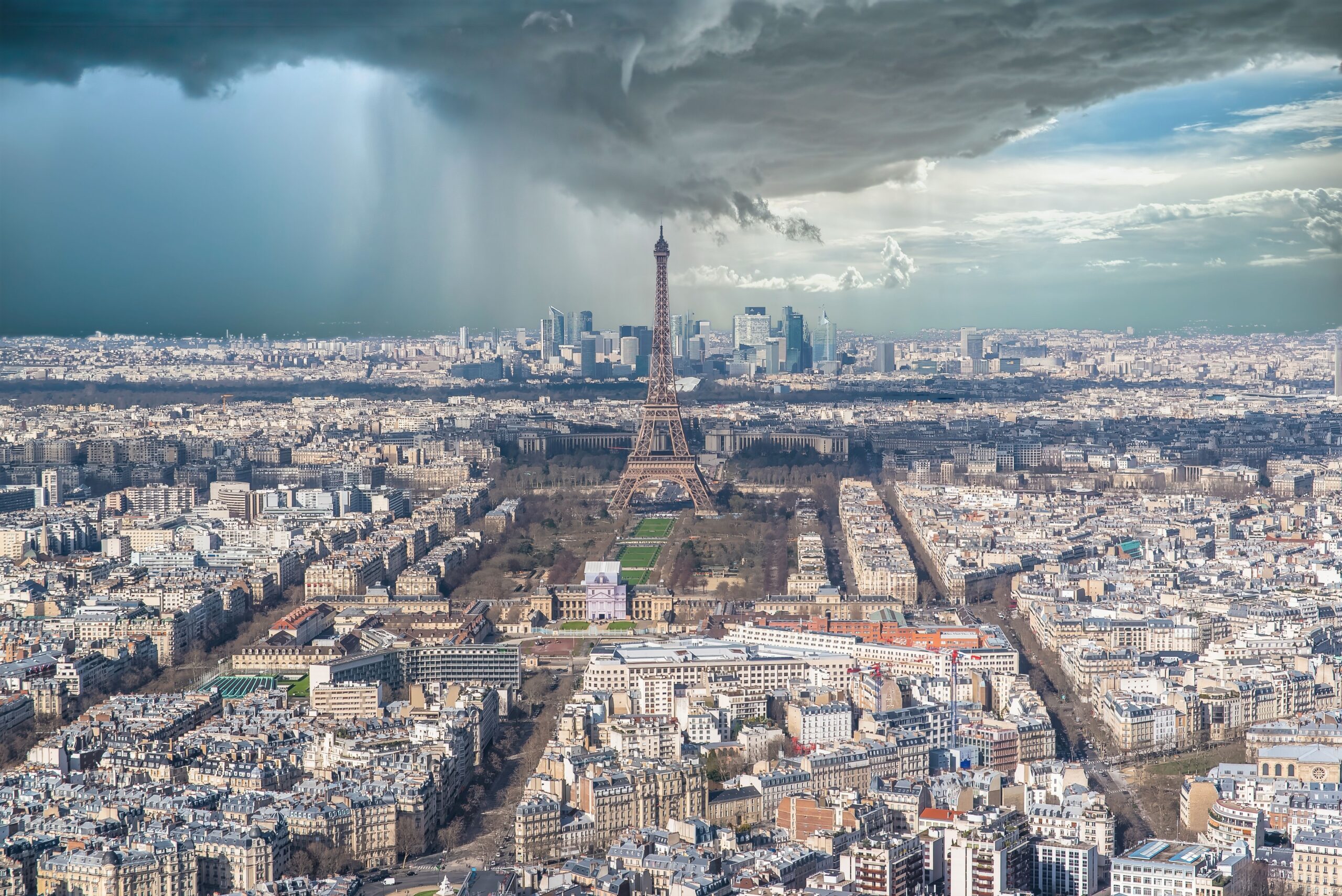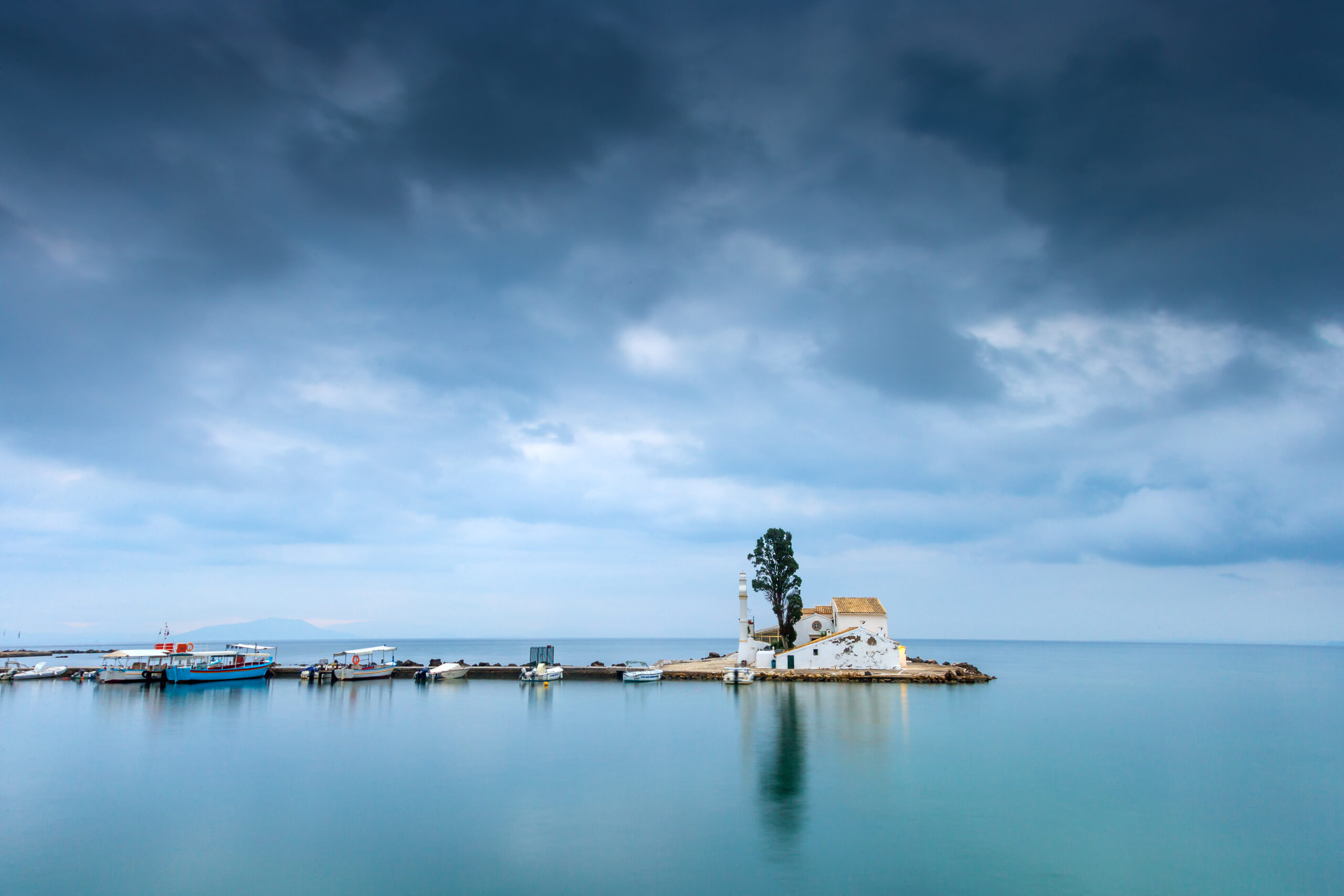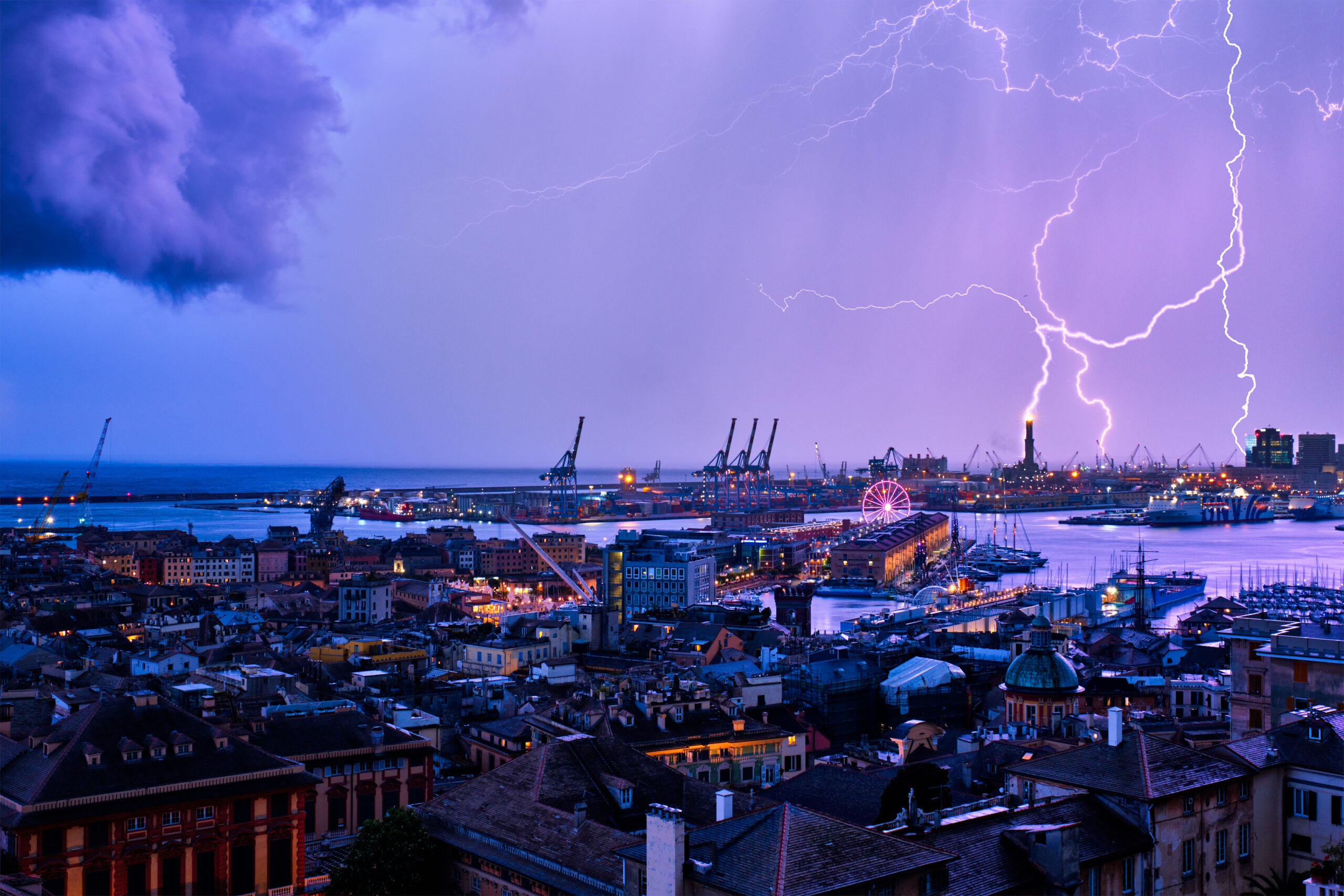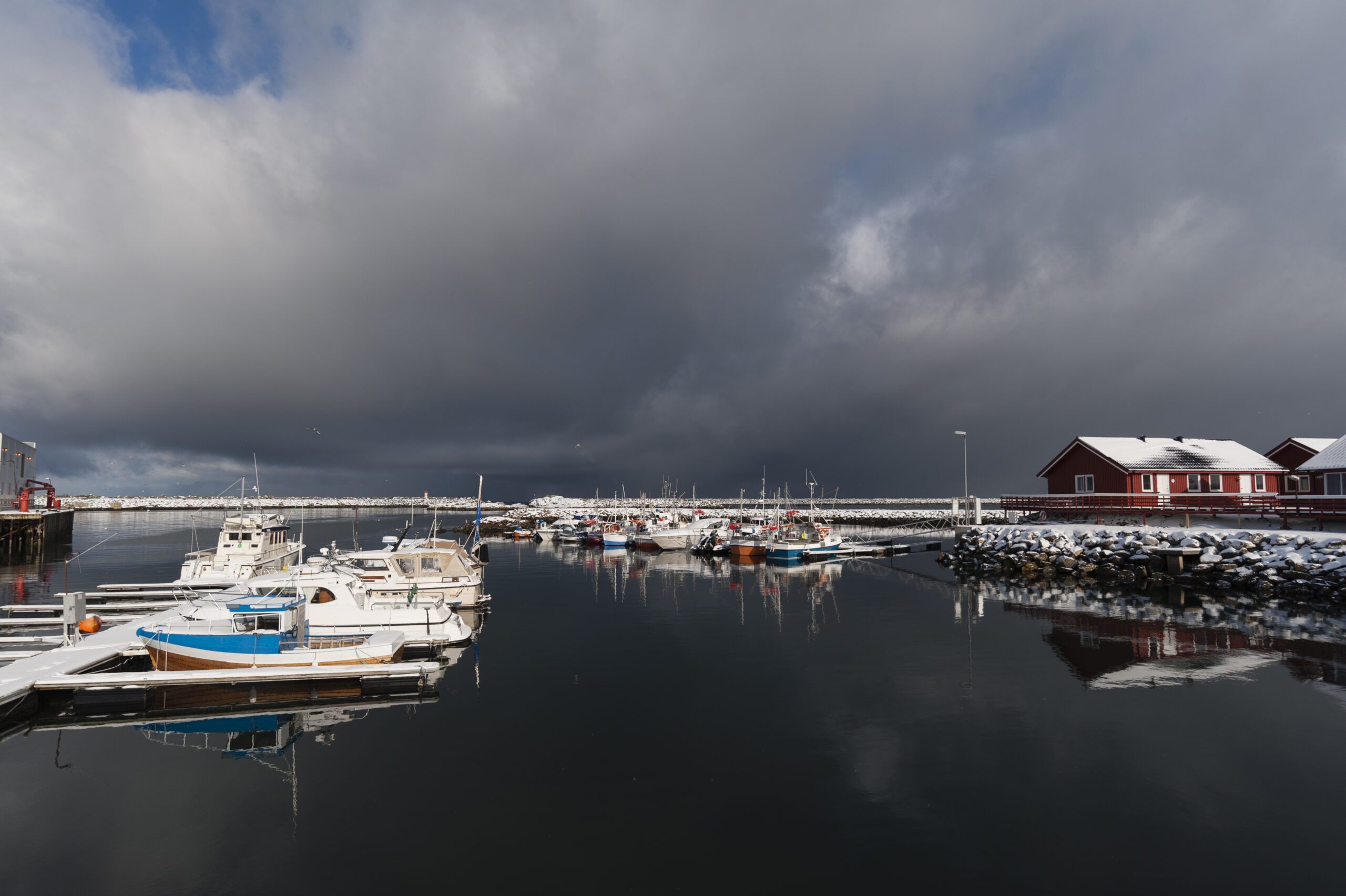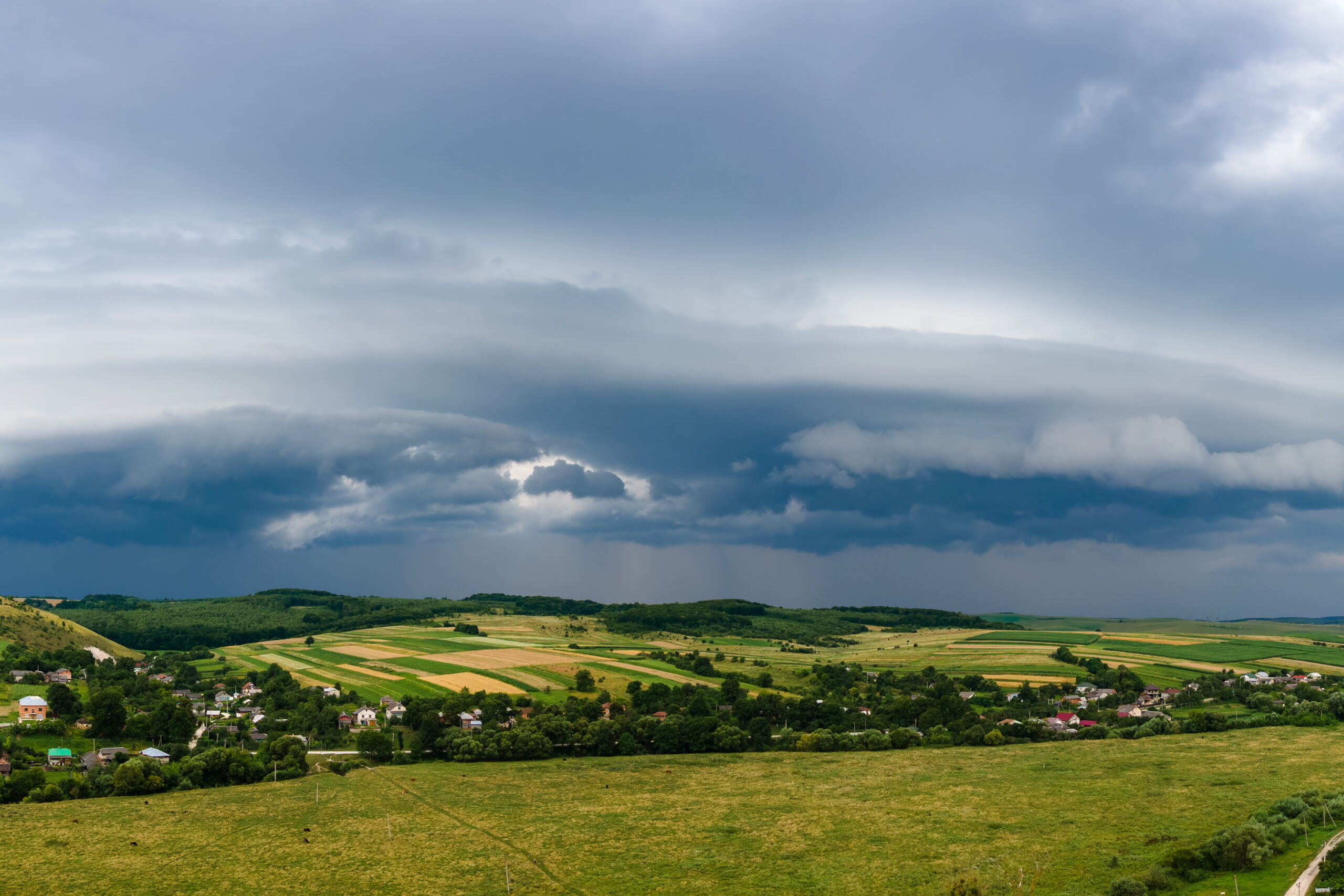🇯🇵 Gunma Prefecture Weather Report – Month-by-Month Overview
🌨️ January
Cold and snowy inland. Maebashi averages −2 to 7°C. Mountainous areas like Minakami and Kusatsu receive heavy snow, ideal for skiing and hot spring visits. Skies are often clear but dry.
🌨️ February
Still wintry. Highs reach 6–9°C, with lows near freezing. Snow continues in higher elevations. Sunshine increases slightly, and mornings remain frosty.
🌧️ March
Spring begins. Temperatures rise to 9–15°C. Snow melts in lower regions, replaced by rain. Plum blossoms bloom, especially in Tatebayashi and Kiryu.
🌸 April
Mild and blooming. Highs reach 15–21°C. Cherry blossoms peak across the prefecture, notably in Akagi Park and along the Tone River. Rain showers alternate with sunny spells.
🌼 May
Warm and pleasant. Temperatures climb to 19–25°C. Rainfall is light, and skies are mostly clear. Ideal for hiking in the mountains and visiting flower parks like Gunma Flower Park.
☀️ June
Start of the rainy season. Highs range from 22–28°C. Humidity rises, and afternoon showers are frequent. Rivers swell, and greenery flourishes.
🔥 July
Hot and humid. Temperatures reach 26–33°C. Rainfall peaks early, then tapers off. Summer festivals begin, and evenings stay warm and muggy.
🏖️ August
Still hot. Highs remain between 27–34°C. Rain is infrequent, and sunshine dominates. Mountain escapes and river activities are popular for cooling off.
🍂 September
Transition to autumn. Temperatures ease to 23–29°C. Rain returns gradually, and typhoon remnants may affect the region. Nights begin to cool.
🌦️ October
Cooler and clearer. Highs drop to 17–24°C. Rainfall decreases, and autumn foliage begins in forests and temple grounds. Crisp air makes it ideal for travel.
🌫️ November
Chilly and dry. Highs hover around 12–18°C, with lows near 6°C. Rain is minimal, and fog blankets valleys. Fall colors peak in places like Mount Haruna.
🌨️ December
Winter returns. Temperatures range from 2–9°C. Snowfall resumes in mountainous areas. Skies are mostly clear in the south, and festive lights brighten towns and resorts.
Would you like tips for seasonal travel or onsen escapes in Gunma? I’ve got some gems!
Weather Report: Gunma Prefecture, Japan – A Monthly BreakdownGunma Prefecture, nestled in the heart of Japan’s Kanto region, is renowned for its diverse landscapes, from rugged mountains to serene hot springs (onsen) towns like Kusatsu. Its temperate climate, characterized by four distinct seasons, offers a range of weather patterns that shape the region’s appeal for tourists and locals alike. This report provides a detailed month-by-month analysis of Gunma’s weather, including temperature ranges, precipitation, snowfall, and seasonal highlights, to guide travelers and residents in planning activities. Data is drawn from historical climate records and recent observations, ensuring a comprehensive overview.January: Cold and Snowy BeginningsJanuary is one of Gunma’s coldest months, with average daytime temperatures ranging from 3°C (37°F) in higher-altitude areas like Katashina to 9.6°C (49.3°F) in lower-altitude cities like Ota. Nighttime lows can dip to -4°C (25°F) or lower, particularly in mountainous regions. Precipitation averages around 42 mm, with significant snowfall in northern areas, accumulating up to 27 cm in places like Katashina. February, similarly cold, is the snowiest month, with about 20–34 cm of snow. The weather is generally poor, with limited sunshine (4–5 hours daily) and frequent overcast skies. Winter sports enthusiasts flock to Gunma’s ski resorts, such as those in Minakami, to enjoy the powdery snow. Visitors should pack heavy winter clothing, including insulated jackets and waterproof boots, to stay warm and dry.Key Highlights: January’s snowy landscapes make it ideal for skiing and snowboarding. The crisp air and snow-covered mountains create a picturesque setting for onsen visits, particularly in Kusatsu.February: Persistent Winter ChillFebruary maintains January’s chill, with average highs ranging from 2°C (36°F) in Katashina to 11°C (52°F) in Ota. Lows hover around -5°C (23°F) in higher elevations. Precipitation increases slightly to 59 mm, and snowfall peaks, with 19–34 cm recorded in northern Gunma. Sunshine hours remain low at 4–5 hours per day, and the climate is classified as poor, with frequent snow showers and cloudy skies. The Köppen-Geiger classification for much of Gunma (e.g., Maebashi, Takasaki) is Cfa (humid subtropical with cold winters), though higher areas like Kusatsu experience Dfb (cold, humid continental with warm summers). February is excellent for winter activities, but travelers should be prepared for icy roads and cold winds.Key Highlights: Snow festivals and winter hiking in Gunma’s northern reaches are popular. Onsen towns offer a warm respite from the cold, with steam rising from hot springs against snowy backdrops.March: Transition to SpringMarch marks the transition to spring, with temperatures warming slightly. Average highs range from 6°C (43°F) in Katashina to 15.3°C (59.5°F) in Ota, while lows range from -2°C (28°F) to 5°C (41°F). Precipitation rises to 140 mm, with a mix of rain and snow (up to 77 cm in higher areas). Sunshine hours increase to 5–6 hours daily, offering more pleasant days. The weather ranges from poor in Minakami to unpleasant in Ota, but cherry blossoms begin to bud in lower elevations by late March, signaling spring’s arrival. Visitors should bring layered clothing to adapt to fluctuating temperatures.Key Highlights: Early cherry blossom viewing in southern Gunma, particularly in Takasaki, draws crowds. Hiking in milder areas becomes more feasible as snow begins to melt.April: Cherry Blossom SeasonApril brings milder weather, with highs ranging from 12°C (54°F) in Katashina to 19.5°C (67.1°F) in Ota. Lows average 5–10°C (41–50°F). Precipitation averages 98 mm, with minimal snowfall (around 7 cm in higher areas). Sunshine hours increase to 6–7 hours, and the weather is tolerable to pleasant, especially in Takasaki and Ota. Cherry blossoms peak, transforming Gunma into a vibrant pink landscape. The humid subtropical climate (Cfa) dominates, with moderate humidity. Light jackets and umbrellas are recommended for occasional rain showers.Key Highlights: Cherry blossom festivals in Maebashi and Takasaki are a must-see. Outdoor activities like hiking and picnicking thrive in the mild weather.May: Pleasant and WarmMay is one of Gunma’s most pleasant months, with highs ranging from 18°C (64°F) in Katashina to 24°C (75°F) in Ota. Lows average 8–15°C (46–59°F). Precipitation increases to 201 mm, marking the start of wetter conditions, but snowfall ceases. Sunshine hours peak at 7–8 hours, and the weather is rated pleasant in areas like Minakami. The lush greenery of Gunma’s mountains and parks makes May ideal for outdoor exploration. Visitors should pack light clothing but keep rain gear handy.Key Highlights: Hiking and nature walks in Gunma’s national parks, such as Oze, are popular. The comfortable temperatures enhance outdoor festivals and events.June: Onset of the Rainy SeasonJune ushers in the rainy season (tsuyu), with highs of 21–26°C (70–79°F) and lows of 13–19°C (55–66°F). Precipitation averages 195 mm, with 23 rainy days, making it one of the wetter months. Sunshine hours remain at 7–8 hours, but cloudy skies are common. The weather ranges from unpleasant in Kusatsu to pleasant in Minakami. Humidity rises, and visitors should carry umbrellas and breathable clothing.Key Highlights: Hydrangea blooms add color to Gunma’s landscapes. Indoor activities, such as visiting museums or onsen, are ideal during rain showers.July: Hot and HumidJuly is a hot, humid summer month, with highs ranging from 25°C (77°F) in Katashina to 30°C (86°F) in Ota. Lows average 18–24°C (64–75°F). Precipitation peaks at 207–213 mm, with 25 rainy days. Sunshine hours are high at 8–9 hours, but the weather is rated poor to unpleasant due to humidity and frequent rain. Light, breathable clothing and hydration are essential.Key Highlights: Summer festivals, such as those in Takasaki, bring vibrant energy. Whitewater rafting and canyoning thrive in Gunma’s rivers.August: Peak Summer HeatAugust is Gunma’s warmest month, with highs reaching 31.7°C (89.1°F) in Ota and 26°C (79°F) in Katashina. Lows range from 19–25°C (66–77°F). Precipitation is highest at 200–294 mm, with 27 rainy days in some areas. Sunshine hours remain at 8–9 hours, making August the sunniest period. On August 5, 2025, Isesaki recorded Japan’s highest temperature ever at 41.8°C (107.2°F), highlighting extreme heat potential. The weather is pleasant in Minakami but poor in Takasaki due to humidity. Lightweight clothing and sun protection are crucial.Key Highlights: Outdoor adventures like hiking and rafting continue, but heatstroke prevention is vital. Onsen visits offer a cooling contrast.September: Cooling DownSeptember sees temperatures cooling, with highs of 22–27°C (72–81°F) and lows of 16–23°C (61–73°F). Precipitation decreases to 141–199 mm, with 24 rainy days. Sunshine hours drop to 7–8 hours. The weather is pleasant in Tsumagoi but unpleasant in Minakami. Autumn foliage begins to appear in higher elevations. Light layers and rain gear are recommended.Key Highlights: Early autumn foliage in northern Gunma attracts visitors. Cultural festivals gain momentum as temperatures moderate.October: Crisp Autumn DaysOctober offers pleasant weather, with highs of 16–22°C (61–72°F) and lows of 10–17°C (50–63°F). Precipitation averages 168 mm, with 14 rainy days. Sunshine hours are 6–7 hours, and the weather is tolerable to unpleasant. Autumn foliage peaks, especially in Minakami and Kusatsu. Layered clothing is ideal.Key Highlights: Hiking amid vibrant foliage is a highlight. Onsen towns see increased visitors seeking scenic relaxation.November: Cool and DryNovember brings cooler temperatures, with highs of 10–17.3°C (50–63.1°F) and lows of 3–9°C (37–48°F). Precipitation drops to 46 mm, with minimal snowfall (1 cm). Sunshine hours are 5–6 hours, and the weather is tolerable in Shibukawa but poor in Katashina. Light jackets and scarves are recommended.Key Highlights: Late autumn foliage and fewer crowds make November ideal for serene exploration.December: Winter’s ReturnDecember sees winter’s return, with highs of 4–11.8°C (39–53.2°F) and lows of -2–3°C (28–37°F). Precipitation is low at 30 mm, with 8 cm of snow in higher areas. Sunshine hours drop to 4–5 hours. Winter clothing is essential.Key Highlights: Early winter festivals and onsen visits set the stage for the holiday season.ConclusionGunma’s climate offers a dynamic range of experiences, from snowy winter adventures to vibrant spring blossoms and hot, humid summers. The best times to visit are April–May for cherry blossoms and September–November for autumn foliage, with comfortable temperatures and moderate rainfall. Winter (December–February) suits snow sports enthusiasts, while summer (June–August) is ideal for outdoor activities despite high humidity. By understanding Gunma’s monthly weather patterns, visitors can plan a trip tailored to their preferences, ensuring a memorable experience in this scenic prefecture.


